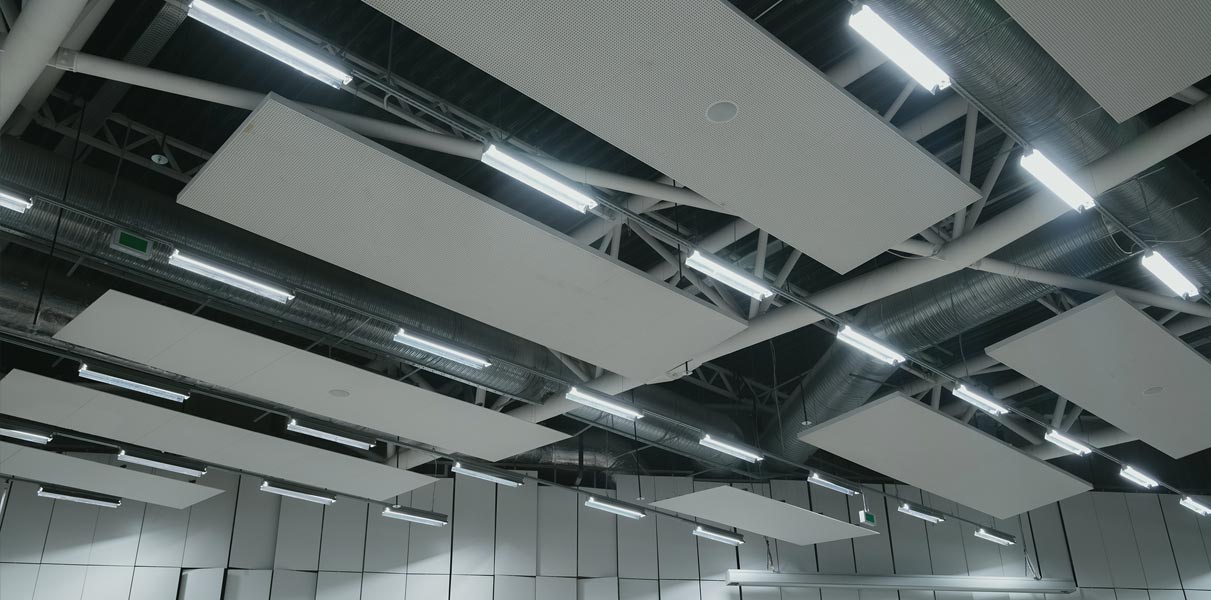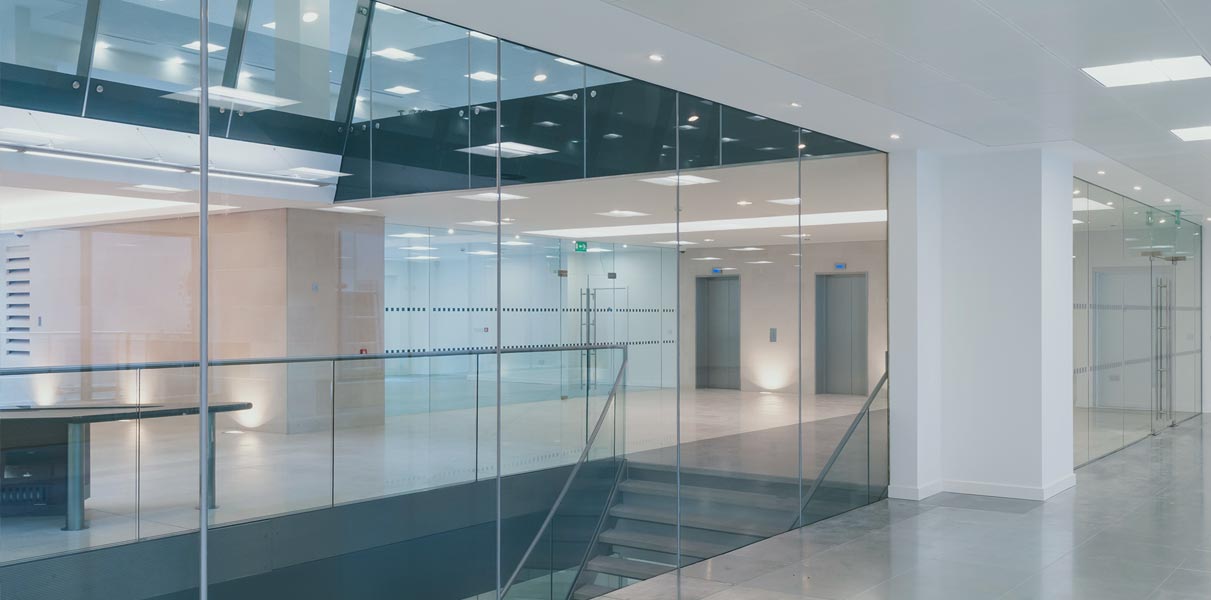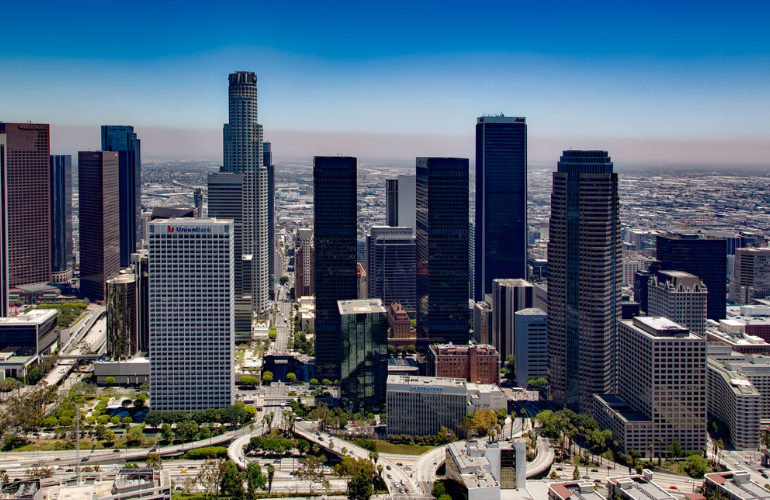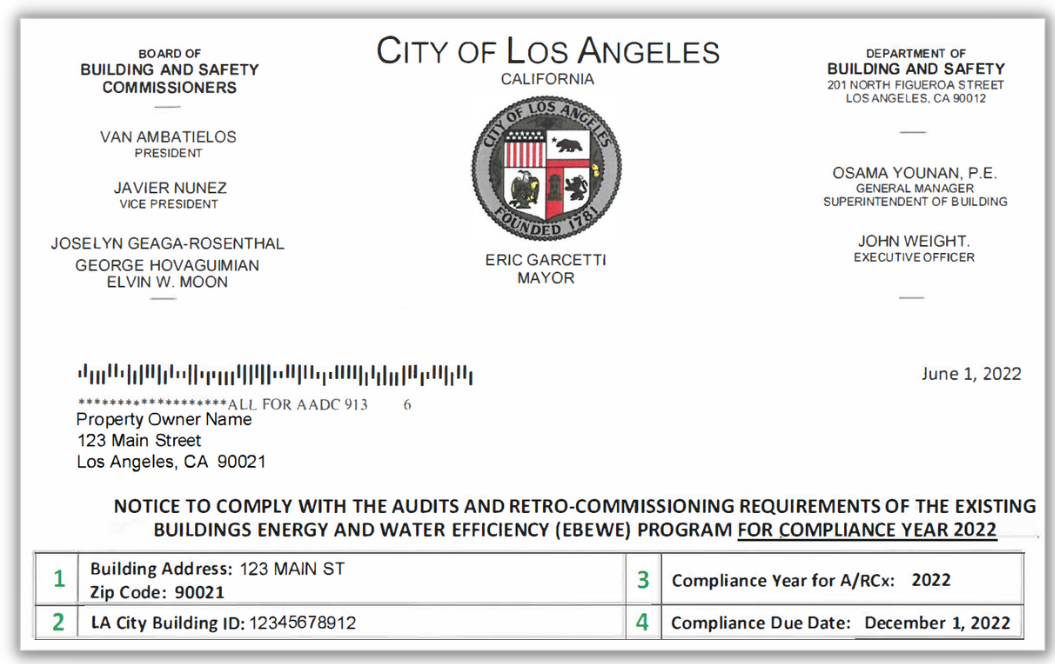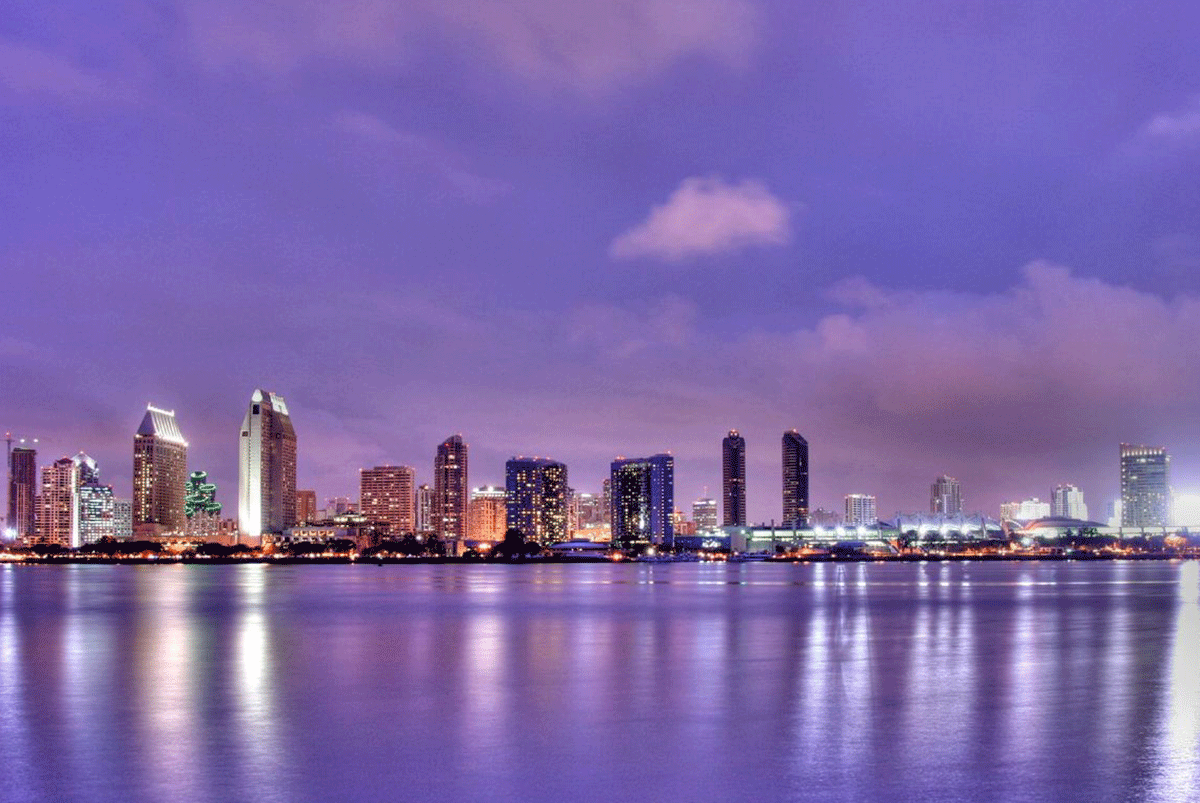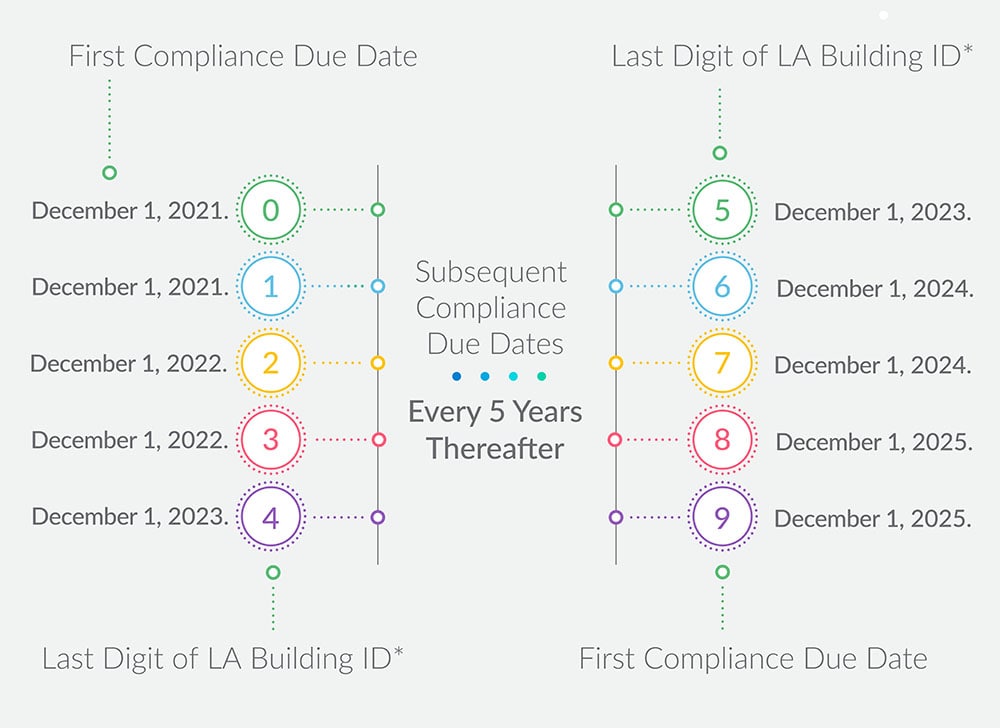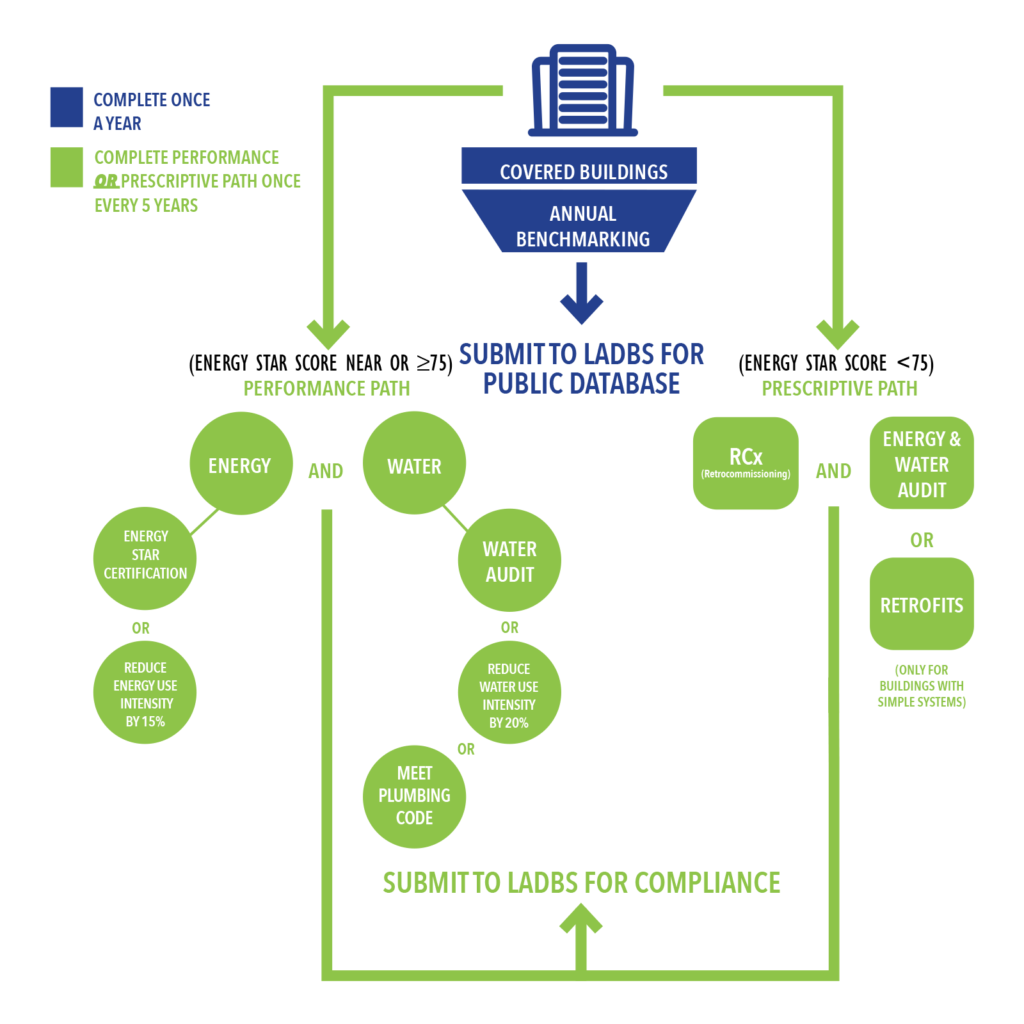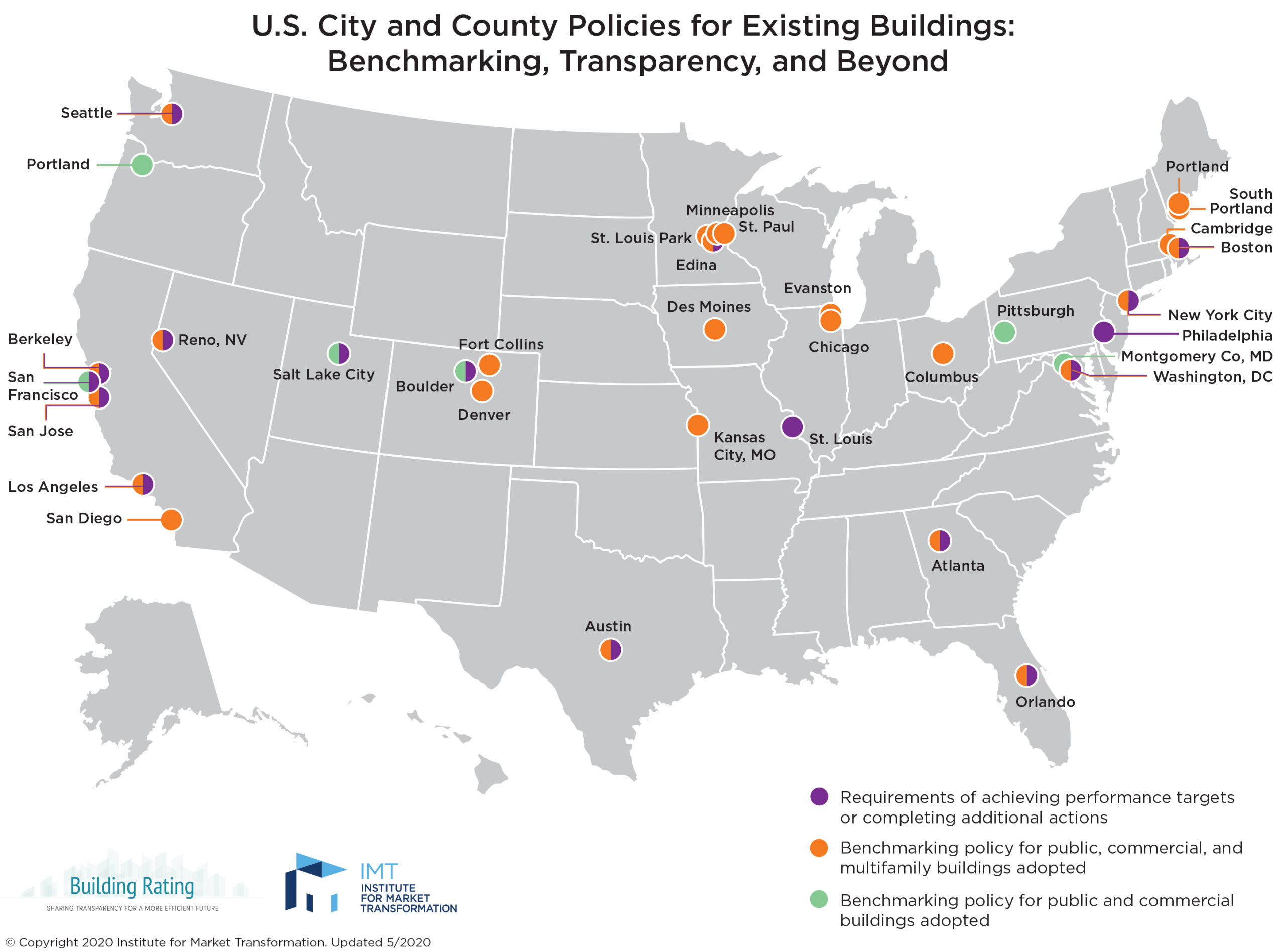TABLE OF CONTENTS
COMPLIANCE GUIDE
WHAT IS THE SAN JOSÉ BUILDING PERFORMANCE ORDINANCE (BPO)?
The San Jose Energy and Water Building Performance Ordinance (BPO), is a citywide energy benchmarking & building performance program requiring owners of existing commercial and multifamily buildings to report energy and water use annually, using ENERGY STAR® Portfolio Manager®, and meet building performance standards on a rolling five-year basis, or perform improvements if standards are not met.
DOWNLOAD SAN JOSÉ BPO BROCHURE
BPO PROGRAM HIGHLIGHTS
Policy
CLIMATE SMART SAN JOSÉ
Bill Text
SAN JOSÉ BUILDING PERFORMANCE ORDINANCE
Enforcing Agency
CITY OF SAN JOSÉ
Size of Property
20,000 SQ. FT. AND ABOVE
Property Type
COMMERCIAL, MULTIFAMILY BUILDINGS
Required Information
12 MONTHS ENERGY, WATER, AND BUILDING USE DATA
Phase II Building Performance
Standards
BEYOND BENCHMARKING PROGRAM
Due Date
MAY 1, ANNUALLY
Fees
$150 (City of San José) Annual Benchmarking Submission Fee
TBD (City of San José) Beyond Benchmarking Submission Fee
EXEMPTIONS FROM BENCHMARKING
- The building meets certain use types, as determined by the city.
- The building is in financial distress, as determined by the city.
- Disclosure of usage data would result in the release of proprietary information, violating privacy rights under applicable laws.
- The building was unoccupied during the reporting year, or demolition commenced on, or before the compliance deadline.
A full list of exemptions can be found on the City's Exemption Request Form.
PROGRAM ENFORCEMENT
Failure to comply with annual benchmarking may incur a monetary penalty from $25-$50/day of non-compliance, up to $5,000 per calendar year.
PHASE II BUILDING PERFORMANCE STANDARDS
Phase II, 'Beyond Benchmarking' is due every 5 years, starting May 1, 2023. Covered buildings will be required to demonstrate satisfactory building efficiency (Performance Pathway) OR improvement standards (Improvement Pathway). Due dates are phased in based on Sq. Ft. and the last digit of the APN. See the compliance schedule table below.
OPTION 1
PERFORMANCE PATHWAY
For properties that can meet energy and/or water Key Performance Standards. This step requires data verification of benchmarking reports by a licensed professional and the submission of a Performance Verification Report.
OPTION 2
IMPROVEMENT PATHWAY
For properties unable to meet energy and/or water Key Performance Standards, the owner must implement one of three actions for each, and submit corresponding report(s) from a CA-licensed professional.
BEYOND BENCHMARKING COMPLIANCE SCHEDULE
Covered buildings are required to comply with Phase II performance requirements starting on the initial due dates below, with subsequent compliance due dates due every five (5) years thereafter.
| LAST DIGIT OF APN | FIRST DUE DATE ≥ 50,000+ SQ.FT | FIRST DUE DATE 20K-49,999+ SQ.FT |
| 0 | May 1, 2023 | May 1, 2024 |
| 1 | May 1, 2023 | May 1, 2024 |
| 2 | May 1, 2024 | May 1, 2025 |
| 3 | May 1, 2024 | May 1, 2025 |
| 4 | May 1, 2025 | May 1, 2026 |
| 5 | May 1, 2025 | May 1, 2026 |
| 6 | May 1, 2026 | May 1, 2027 |
| 7 | May 1, 2026 | May 1, 2027 |
| 8 | May 1, 2027 | May 1, 2028 |
| 9 | May 1, 2027 | May 1, 2028 |
BEYOND BENCHMARKING EXEMPTIONS
All exemption requests must be submitted via the City of San José webform by April 1, prior to the building's deadline. The following exemptions may qualify:
- The building is zoned as exclusively industrial (HI, LI, IP).
- The building is under 20,000 Sq. Ft.
WATER EFFICIENCY EXEMPTION
Your covered building may qualify for a water exemption if the building is Residential, under 50,000 Sq. Ft., and not sub-metered for water use.
PERFORMANCE PATHWAY DETAIL
To qualify, buildings must satisfy the following for energy and/or water respectively.
- Be in full compliance with all years of Phase I benchmarking.
- Have complete and accurate benchmarking data.
- Meet one of the following Key Performance Standards for 2 of the 3 years preceding its Beyond Benchmarking deadline:
ENERGY
- New construction, and occupied for less than five (5) years.
- LEED™ Existing Buildings O&M v4 Certified.
- ENERGY STAR® score of 75 or greater.
- ENERGY STAR® score improvement of 15 points or greater, from the baseline year.
- Weather Normalized Site Energy Use Intensity (EUI-WN) that is a minimum of 25% below the calculated mean for the property use type.
- 15% or greater reduction in Site EUI-WN from the baseline year.
WATER
- Water Use Intensity (WUI) is a minimum of 25% below the locally calculated mean for that property type.
- WUI reduction by at least 15% from the baseline year.
- Multifamily Only: US EPA Water Score of 75; or
- Multifamily Only: US EPA Water Score improvement of 15 points or greater, from the baseline year.
COMPLETION
To complete compliance the building owner/agent must hire a CA-Licensed Professional (as specified by the City's ordinance, Green Econome is a qualified LP).
- The LP will review the benchmarking data and sign the Performance Verification Report, verifying that the energy and /or water data is complete and accurate.
- Submit the Report and form, one per utility (energy and/or water).
IMPROVEMENT PATHWAY DETAIL
For covered buildings that do not meet the Performance Pathway Key Performance Standards for energy and/or water, the property owner/agent must implement one of the following three actions respectively, and submit a corresponding report authorized by a CA Licensed Professional (like Green Econome).
- ASHRAE Level II or higher audit, conducted by a Qualified Auditor.
- Retrocommissioning (RCx), conducted by a Qualified Retrocommissioning
Professional. - Install two (2) Targeted Efficiency Improvement Measures, selected from a prescribed list, in accordance with California Building Standards Code Title 24.
COMPLETION
To complete compliance the building owner/agent must hire a CA-Licensed Professional (as specified by the City's ordinance, Green Econome is a qualified LP).
- The improvement pathway at a minimum must be planned and contracted with a CA LP by the Beyond Benchmarking deadline. The action must be planned/completed within the 5-year compliance window. No earlier.
- The LP will conduct the Improvement Pathway, sign the Compliance Report, and provide all documentation to the building owner.
GREEN ECONOME PHASE II PROCESS
-
- Evaluate the Phase I benchmarking report(s) for the building's least-cost path to Phase II compliance (or complete benchmarking, if annual disclosure hasn't been met).
- Provide Phase II proposals for applicable services.
- Upon signed agreement, fulfill Phase II services, submit compliance requirements to the City, and provide reports to the building owner/representative.
AS BENCHMARKING CONSULTANTS AND ESG REPORTING EXPERTS, WE WILL WORK WITH YOU TO DEVELOP A BUILDING PERFORMANCE BASELINE FOR COMPLIANCE
Green Econome takes an accurate, efficient, and comprehensive approach to ENERGY STAR® benchmarking that ensures you receive meaningful data about the performance of your building for disclosure compliance, ESG reporting, green loans, auditing, or whatever your project needs may be. Our property use details and utility data collection, review, and verification process leads to complete benchmarking.



